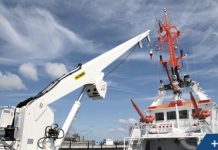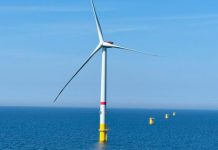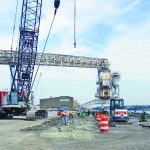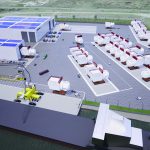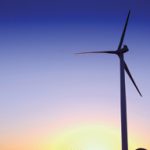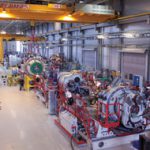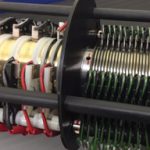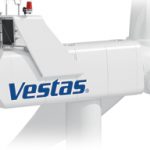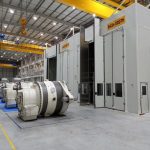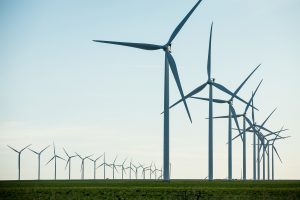The worldwide wind-turbine composites market was valued at $5.6 billion in 2018 and is estimated to account for $9.1 billion, increasing at a growth rate of 5.8 percent over 2019-2027. Extensive use of wind-turbine composites in production of wind-turbine parts such as blades, nacelles, and others is expected to produce an upsurge in the market growth over the foreseeable time period.
Moreover, the market has been fragmented into different product types, application, and regions, whose elaborative details have been addressed in the given study subject to their individual market shares and sizes, current and projected growth rates, technologies, and regulatory framework. It also talks about recent developments in terms of company acquisitions, partnerships, mergers, and product launches that enable market players to score a competitive edge over the rivals.
Wind-turbine composites are mainly defined as components that are used to exhibit resilience and tensile strength across various applications. The use of these composites support the production of lightweight components with superior characteristics, resistance to corrosion, long product life, and comparatively lower maintenance costs.
The overall wind turbine composites industry has been fragmented into various segments including fiber type, resin type, applications, regions, and a widespread competitive landscape.
Considering the application gamut, the wind-turbine composites market has been sub-divided into blades and nacelles. The blades segment acquired a considerable stake of global wind turbine composites market share in 2018. Wind-turbine blades are airfoil shaped blades that are primarily used in harnessing of wind energy while also driving the rotor of a wind turbine.
Wind turbine blades constitute two faces: the pressure side and the suction side, which are combined together either by one or several integral webs linking the upper as well as the lower parts of the blade shell. Also, blades are mostly composed of fiberglass-reinforced polyester.
Whereas, the nacelles segment across the application spectrum is also likely to witness appreciable proceeds in the coming years.
In terms of geographical analysis, Asia Pacific seized a lion’s share of the wind-turbine composites industry in 2018, both in terms of volume and value, owing to the expanding wind-energy sector. Besides rising production of composites in the region, elevating demand for renewable energy sources and the growing demand for high-strength and lightweight materials for the production of various parts of these turbines are anticipated to drive the overall growth of the Asia Pacific wind turbine composites market in the upcoming years.
Above that, favorable government policies, wind-power advancement programs, stringent regulations concerning renewable energy, and adjusted feed-in tariffs for land based wind-power installation have stimulated the industry outlook over the years.
More info www.marketstudyreport.com

















